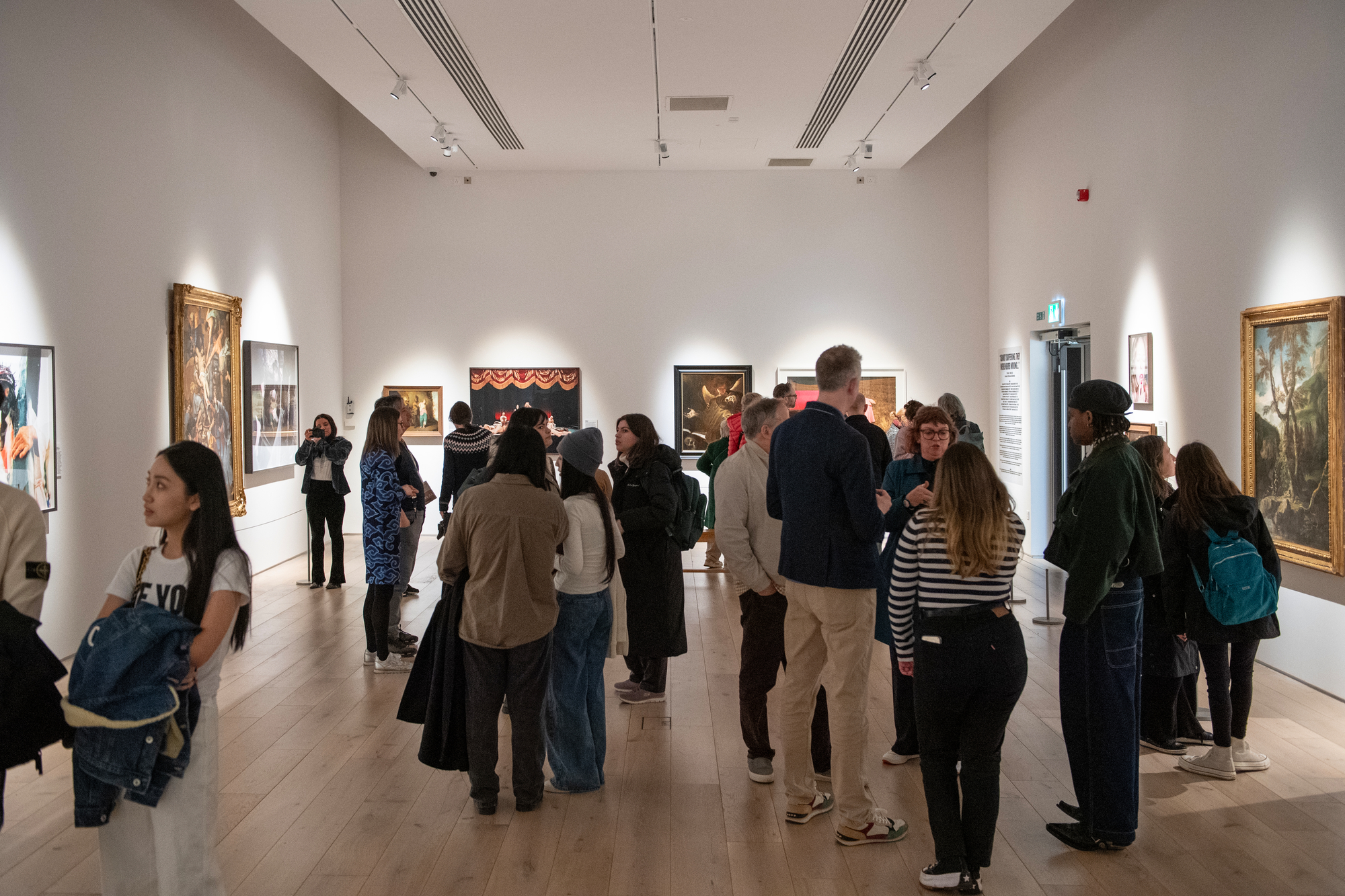Newcastle University is home to a cacophony of museums, galleries, and collections, all open to the public and free to enjoy.
This February marks the unveiling of 3 exhibitions across campus, all with something to add to the sustainability conversation. Not sure which to carve into your calendar? Don’t worry! We’ve spoken to the curators responsible to give you a taste of what these displays have to say.

“Sustainable Clay” (Hatton Gallery)
A short chat with Matthew Jarret (the mind behind “Sustainable Clay”) and it was clear to see this display distils the accumulated wisdom of history, alongside many years of conversation, and shifts in the ceramics-sphere.
Combining Newcastle’s ceramics reputation and the growing environmental concerns of artists, Matthew has sculpted together an insightful exhibition. It tells the tale of the plethora of ways these 12 artists (all linked to Newcastle) are seeking to break from tradition by minimising their planetary impact.
The videos that accompany each work are the top glaze of the show. Filmmaker Jason Thompson affords each visitor unique access to sit in the artist’s studio and hear their thought process first hand.
“Everybody owns ceramics… everybody’s got a teapot or a cup or some plates… But we rarely think of where this stuff was mined from, how it was produced, if it was mass produced and the whole environmental footprint” ~ Matthew Jarret
Growing ecological concern is not unique to artists, let alone ceramicists. This exhibition aims to help us all meaningfully confront one arena of overconsumption which, in doing so, enable us to mould a new pattern of consumption that turns down the temperature on our planetary kiln.

“Eco-Brutalism” as part of “Concrete Dreams” (Farrell Centre)
Bumping into Owen Hopkins, director of the Farrell Centre, and architect of “Concrete Dreams,” it was impossible to not be intrigued by the network of intersected ideas and concepts that seemed to naturally bubble over in our brief conversation. The exhibition (and its associated talks) creatively articulate these intersectional ties between the built environment, past social imaginaries, and the future narrative of the cityscape.
One talk, juxtaposingly entitled “Eco-Brutalism” seeks to unpack how buildings that starkly embody masses of carbon, could be creatively adapted to mitigate environmental impact. And how the boldness that first conceptualised them could be harnessed to imagine “new brutalisms.”
“New brutalisms… architectures that celebrate low carbon materials and techniques with the same vigour that Brutalism celebrated concrete.” ~ Owen Hopkins
Beyond the planned lectures the exhibition itself offers plenty to spark curiosity, including a city model, built to envision the future of the city. This piece is a favourite, as Owen explains, it “embodies a kind of long-term thinking – and belief in the roles of architecture and planning to reshape the world in positive ways.”
When it comes to joining the sustainability conversation, the Farrell Centre are crystal clear that climate is too all encompassing to relegate to an optional theme. Instead, they look to weave it into every exhibition, inviting visitors to engage with the built environment as a key to reimaging societal change on a large scale.


“SHOAL” (Great North Museum)
The work of Mandy Barker, shown from the 21st of February, is a short series of images, but nonetheless powerful in their ability to cultivate an atmosphere of reflection.
12 images featuring marine plastic debris collected from trawls, net samples, and shoreline between Japan and Hawaii after the 2011 Tōhoku earthquake and tsunami provoke viewers to contemplate the tragedy of environmental disaster, the impact on humanity, and the human propensity to prevent and contribute towards them.
This work is indicative of the programme at Great North Museum. Led by innovative research, no matter the scale of installation, they seek to engage both the team and their guests with the conversations that are cornerstone to building a sustainable future.

